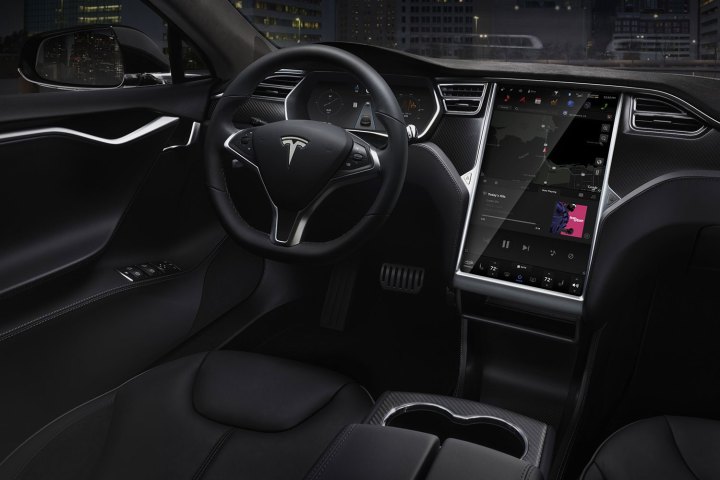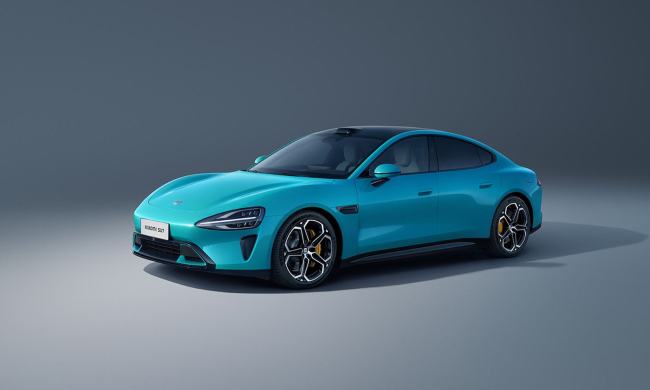
The Insurance Institute for Highway Safety (IIHS) has asked automakers for more transparency when it comes to what semi-autonomous technology can and can’t do. The independent, non-profit organization carried out two separate studies, and it concluded many motorists are convinced semi-autonomous systems are far more capable than they truly are. This behavior can lead to potentially deadly accidents, but Tesla said its own research tells a completely different story.
The IIHS focused on five level-two systems: Autopilot (Tesla), Traffic Jam Assist (Audi and Acura, though they’re two different systems), Super Cruise (Cadillac), Driving Assistance Plus (BMW), and ProPilot Assist (Nissan). After polling over 2,000 drivers, it learned some of these names are misleading because they suggest motorists don’t need to pay attention to the road. The organization notably singled out Autopilot.
It asked participants whether they thought it was acceptable to take their hands off the steering wheel, talk on a cell phone, send a text message, watch a movie, and sleep while using the aforementioned systems. 48 percent replied it’s OK to take both hands off the wheel while using Autopilot, compared to 33 percent for ProPilot Assist, the second-highest score. Tesla scored higher than others in the four remaining areas. Six percent of users alarmingly said they believed they could doze off after engaging Autopilot. The IIHS did not reveal the age or the driving experience of the motorists it polled.
“Manufacturers should consider what message the names of their systems send to people,” IIHS president David Harkey wrote. Super Cruise and Autopilot perform essentially the same functions, and Cadillac’s system even lets drivers take their hands off the wheel when the right conditions are met, but Tesla’s technology arguably sounds like the more capable of the two.
Tesla told Digital Trends it doesn’t agree with the study’s conclusion.
“This survey is not representative of the perceptions of Tesla owners or people who have experience using Autopilot, and it would be inaccurate to suggest as much. If IIHS is opposed to the name Autopilot, presumably they are equally opposed to the name automobile. Tesla provides owners with clear guidance on how to properly use Autopilot, as well as in-car instructions before they use the system and while the feature is in use. If a Tesla vehicle detects that a driver is not engaged while Autopilot is in use, the driver is prohibited from using it for that drive,” the company said in an email sent to Digital Trends.
The second study found many motorists are confused about the technology-related messages they see in their car’s instrument cluster. The IIHS showed participants some of the icons that can appear on the digital instrument cluster of a 2017 Mercedes-Benz E-Class. Those who hadn’t received training had a difficult time figuring out what they meant; for example, they weren’t able to tell when the car’s lane-centering function turned itself off, and why. Those who received training were less confused by the messages. They knew what was going on, but they often didn’t understand why. Again, the IIHS hasn’t released the age and the driving experience of the motorists that participated in the study.
“If your level two system fails to detect a vehicle ahead because of a hill or curve, you need to be ready to brake. Likewise, when lane centering does not work because of a lack of lane lines, you need to steer. If people aren’t understanding when those lapses occur, manufacturers should find a better way of alerting them,” Harkey concluded.
The aforementioned systems are clearly detailed in the car’s owner’s manual, whether it’s an actual book or an app on a screen, but motorists rarely take the time to sit down and read it. While we’ve grown accustomed to learning how to use new technology as we go, a sensor-powered function that prevents a car from veering out of its lane at 80 mph is different than a new filter on a smartphone-based photo-editing app, and learning the correct way to use it is a worthwhile way to spend five or 10 minutes.
We’ve reached out to Mercedes-Benz, and we’ll update this story if we hear back.
Updated 6-21-2019: Added Tesla’s statement.


